For the past few years, at this time of year, we have tended to visit the north of England - North Yorkshire, Cumbria or Northumberland. When thinking about this year's September break we decided that we would head south for a change, or, more precisely, southwest.
To some extent, our decision as to where we actually went was determined by finding a Best Western Hotel, near Dartmouth, that we liked the look of. In terms of its location, it was a perfect choice; it gave us an ideal base from which to explore a few of South Devon's treasures. Here are some of the photos I took of the places we visited -
DARTMOUTH
Dartmouth Naval College on the Hill
Paddle Steamer on the River Dart
Herring Gull
Superyacht Tranquility
River Dart Estuary with car ferry
Kingswear on the opposite bank of the Dart to Dartmouth.
A Russian Cannon captured in the Crimean War.
Kingswear to Paignton Steam Train
Decorative panelling above a shop
Click on the image to read about the Mayflower's connection with Dartmouth
BUCKFAST ABBEY
There has been an Abbey in Buckfast since Saxon times (1010). The original was founded by the Benedictine order, the second, under the Norman regime, was first a Savignac foundation which merged with the Cistercian Order. By the time of King Henry VIII's dissolution of Catholic Abbeys and Monasteries, Buckfast Abbey was in a poor state of repair with few monks in residence. Over ensuing decades and centuries the building was destroyed and the materials utilised in building great houses for wealthy land owners etc.
In the early part of the twentieth century, the land where the Abbey had stood and at the time occupied by a grand castellated mansion, was bought by an order of French Monks. They had left France because of the secular laws passed by the French Government towards the end of the nineteenth century.
In 1902 they set about building a new Buckfast Abbey. It is said that there were never more than six monks involved with the building at any one time. The building that exists today, completed in 1938, is a wonderful testimonial to their dedication and faith. I hope that the following photographs adequately convey that thought.
The Saint Thomas More Chapel.
The square frame below the cross with angles contains a piece of the 'Hair Shirt'
worn by Thomas as a penance.
BRIXHAM
Brixham is still an important fishing port and tourist attraction but has many other claims to fame. Before WWII it was one of England's largest fishing ports. During the Battle of the Spanish Armada, it was one of the ports that supplied boats and men to the English fleet.
On the 5th November 1688 William of Orange, later King William III of England, landed in Brixham in his quest to overthrow the unpopular James II.
During WWII Brixham was used as a base and training facility for U.S. troops planning for the 'D Day' landings in Normandy, France (see photos below).
 |
| A bronze statue to commemorate lives lost at sea and celebrate Brixham’s fishing heritage was unveiled in the port at the end of November 2016. |
 |
| A replica of of Sir Francis Drake's ship the 'Golden Hind' (originally the Pelican) in which he circumnavigated the Globe (157-80). A tourist attraction in Brixham Harbour. |
BERRY POMEROY CASTLE
Ralph de Pomeroy came to England as a member of Duke William of Normandy's conquering army. As a reward, William granted him land in Devon. By the 15th century, his descendants had erected a substantial castellated mansion in the place called Berry Pomeroy. By the middle of the 16th century the Pomeroy family were in financial difficulties and to raise funds they sold the mansion to Edward Seymour 1st Duke of Somerset. Edward was brother to Jane Seymour King Henry VIII's third wife and on Henry's death was appointed "Lord Protector" to his young nephew, King Edward VI. His plan was to make Pomeroy Castle one of the grandest houses in Devon, if not England. This was a plan that was pursued by his son also called Edward and subsequent Seymours. However, by the end of the 17th century, the Seymours, for one reason or another, had lost interest in Pomeroy leaving it to decay. That is the condition we see it in today, still owned by the Seymour family, it is managed by 'English Heritage'.
ST. MARY'S CHURCH BERRY POMEROY
The current Church of St Mary the Virgin was built in the 1490s by the Lord of the Manor, Sir Richard de Pomeroy. It was built on the site of a former church that had existed since the 11th century.
 |
| The Tomb of Lord Edward Seymor son of the Ist Duke of Somerset, his son Edward and his daughter-in-law Elizabeth. The figures at the bottom of the tomb represent the latter couple's seven children, four sons and three daughters. |
 |
| A board honouring the landing of the future King William III in Brixham and the holding of his first Parliament in the nearby village of Longcombe. |
 |
| The spectacular 'Rood Screen', one of the finest in the country. |
Nick
If you are interested in Classic Cars you might want to click on this image -




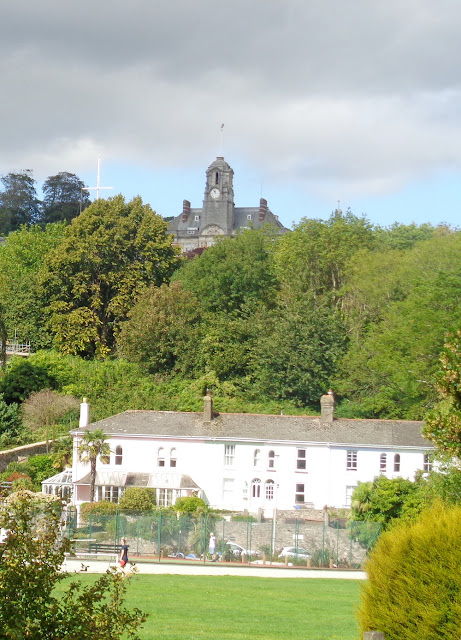


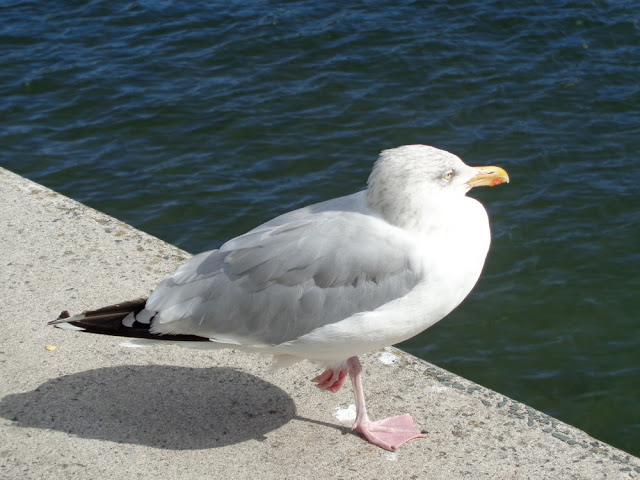
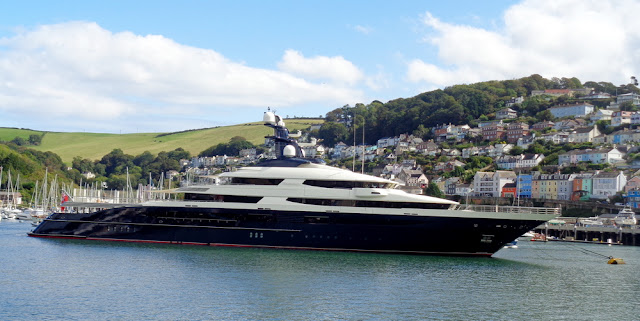

























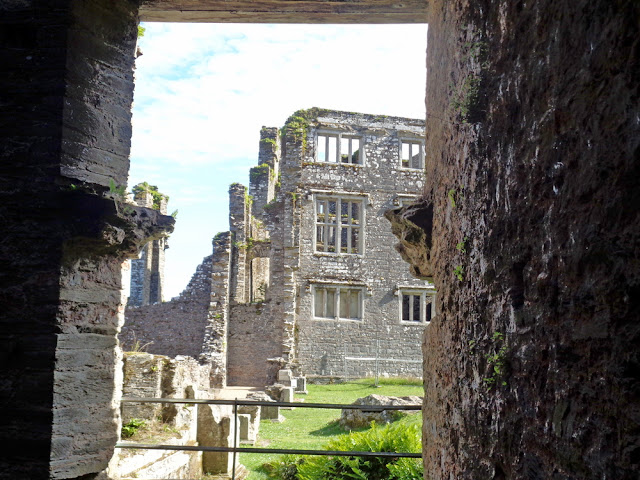



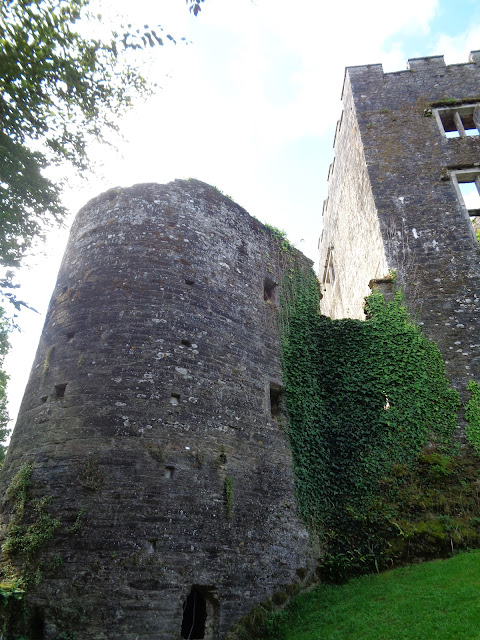





No comments:
Post a Comment